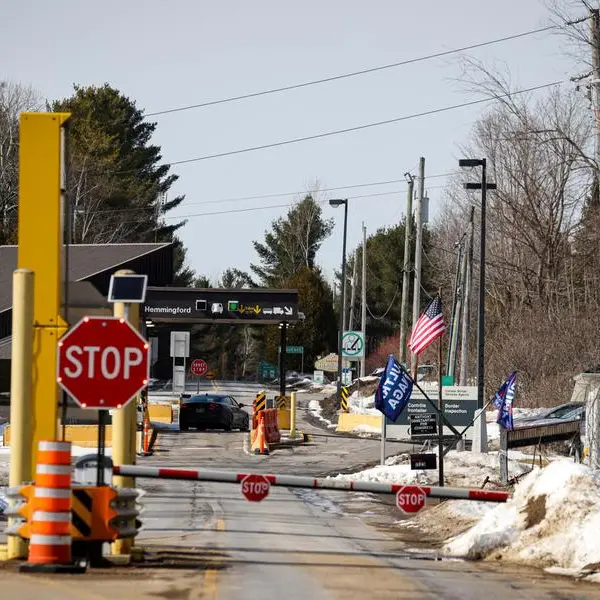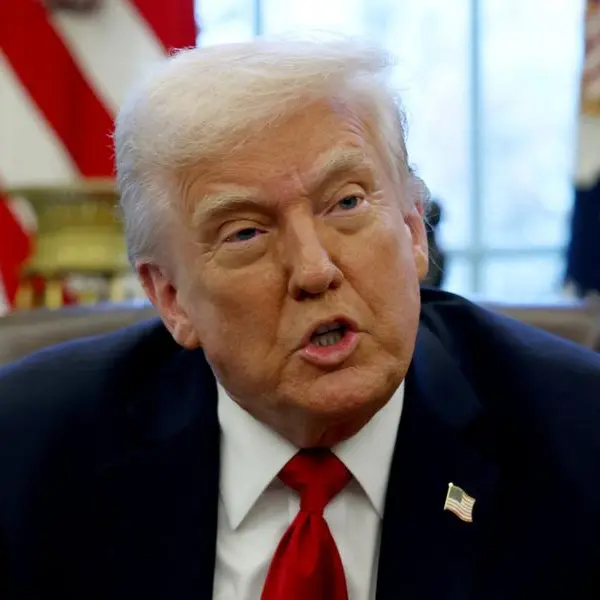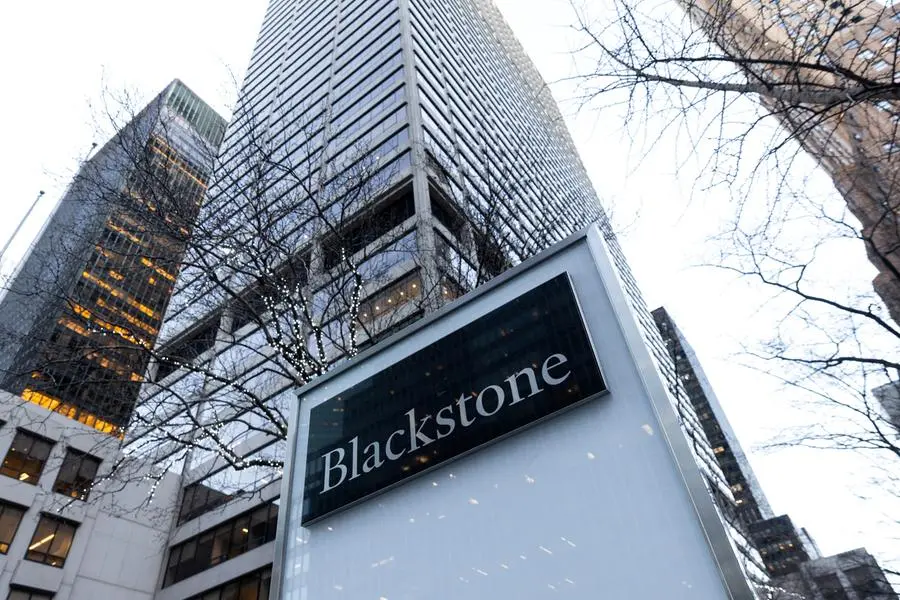PHOTO
A man crosses a nearly deserted Fulton Street in the financial district in lower Manhattan during the outbreak of the coronavirus disease (COVID-19) in New York City, New York, U.S., April 3, 2020.
(The opinions expressed here are those of the author, a columnist for Reuters.)
ORLANDO, Florida - In U.S. President Donald Trump's first term in office, he regularly posted boastful tweets when Wall Street hit fresh highs, taking credit for the record stock prices that he believed would fuel wider economic growth.
But this time around, it is not the stock market that Trump is looking at as the primary gauge of U.S. consumer well-being and economic strength. It is the bond market, and specifically, longer-term borrowing costs.
In a note last week, JP Morgan analyst Antonin Delair compared Trump's 3,803 social media posts on 'market-relevant topics' in his first term with the 126 since his election victory in November.
Delair calculates there were 273 posts in his first term with "direct reference to markets", of which 156, or 57%, were specifically about "U.S. stock market strong performance" and 85, or 31%, were on the "Fed, level of rates, and dollar".
In contrast, only one of Trump's 126 posts since November has been on the stock market and five, or 42%, have been on rates and the dollar. True, the current sample size is more limited, but the discrepancy is notable and, frankly, understandable given the current economic backdrop.
ON THE 'WRONG' SIDE
When the Fed started lowering interest rates in September, long-term bond yields were expected to follow. But for various reasons – including worries over the deficit, debt and inflation outlooks - that did not happen. Rates on mortgages and other long-term loans shot up, putting the squeeze on borrowers.
Treasury Secretary Scott Bessent has repeatedly said he and Trump are focusing on the 10-year yield and implementing policies that will bring it down. On Tuesday, he once again stated that's where he is paying "particular attention".
Elon Musk, the billionaire CEO of Tesla who has been tasked with taking a scythe to federal spending, has said anyone selling bonds will be "on the wrong side" of that trade.
Musk and Bessent's sway over the direction of long-term yields may be marginal in a $28 trillion market that is driven by a multitude of global factors, but as luck would have it, they seem to be getting their wish.
BONDS RALLY
A string of recent U.S. economic data points - purchasing managers index reports, retail sales, consumer sentiment, and manufacturing numbers - suggests U.S. economic activity is deteriorating. Treasuries are on a roll, and yields are tumbling, as investors pile into bonds as a safe-haven alternative to crumbling stocks.
The 10-year Treasury yield slumped almost 10 basis points on Tuesday to 4.28%, a low not seen since mid-December. And the two-year yield touched its lowest level since before the election and is sliding towards 4.00%.
This move could have legs. For one, those short positions that Musk warned about are, by some measures, near record high levels. So there is plenty room for further short covering, which would accelerate the decline in yields.
But here is the problem. Trump and Bessent want yields falling because energy prices are coming down, inflation is cooling, and the "Goldilocks" economy is humming along nicely, not because it is on the verge of rolling over.
So Trump may get his lower yields, but he should be careful what he wishes for.
(The opinions expressed here are those of the author, a columnist for Reuters.)
(By Jamie McGeever Editing by Marguerita Choy)























